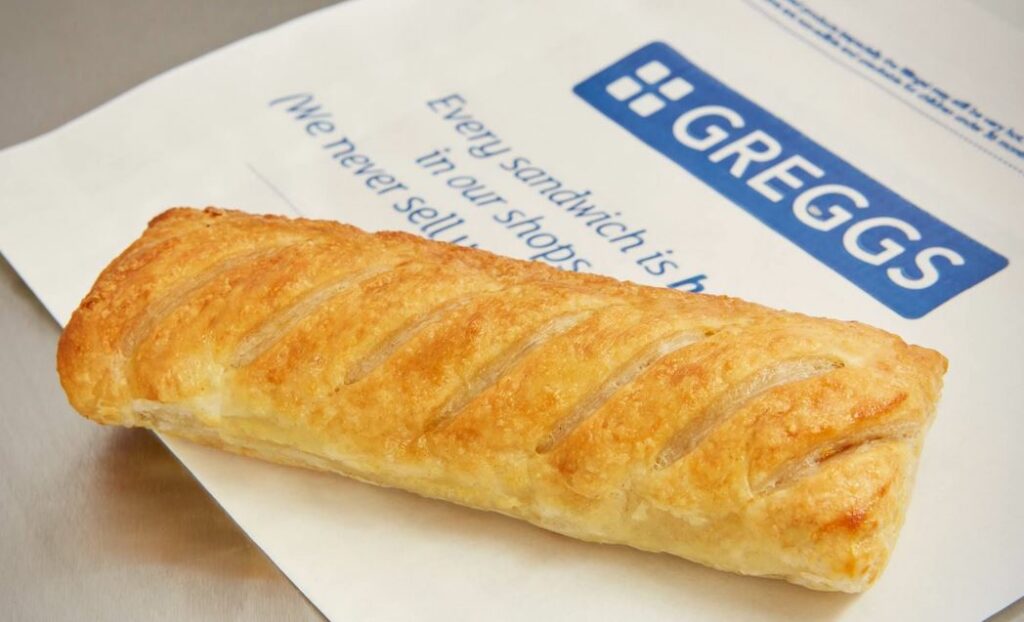I remember once attending a board meeting of a company I worked at, and one of the agenda items was replacing a deceased board member. One of the nominations for the replacement was some woman I’d never heard of, but as the nominator stated, “It’s time we had a little diversity on this board.” And that’s all he said; no mention of her qualifications, experience, nothing.
As the most junior executive in the room, I wasn’t going to say anything, but I couldn’t help wondering why nobody else had either.
Anyway, a vote was held and the nomination passed unanimously, albeit with one abstention (guess who).
This was back in the mid-1990s.
Anyway, it appears that one company has recently followed the same route — one assumes for the same reasons, only it backfired horribly on them.
Here’s the story:
On December 5, 2023, Breitbart News noted that shareholders disgruntled over Smith & Wesson’s continued manufacture of AR-15 platform rifles had filed a lawsuit. The suit claims that the defendants, who are Smith & Wesson board members and the company’s senior management team, “knowingly allowed the Company to become exposed to significant liability for intentionally violating federal, state, and local laws through its manufacturing, marketing, and sales of AR-15 style rifles and similar semiautomatic firearms.” .
And who were these “disgruntled shareholders”?
Plaintiffs in the case included the Adrian Dominican Sisters, Sisters of Bon Secours USA, Sisters of St. Francis of Philadelphia, and Sisters of the Holy Names of Jesus & Mary.
…making me wonder: what the fuck were Our Ladies Of The Blessed Disarmament doing anywhere near S&W’s management?
Anyway, they failed, the rotten rosary-swingers, and a jolly good thing it was too.
On March 13, 2024, Breitbart News reported that Nevada’s Clark County District Court signaled no “substantial likelihood” Smith & Wesson would be found liable, saying the activist shareholders appear not to be aligned with the company’s best interest and requiring them to post a half-million-dollar bond to continue their suit.
The plaintiffs were instructed to post the bond by April 23, 2024, but they did not.
On May 6, 2024, Judge Joe Hardy pointed to their failure to post the bond as ordered and dismissed the lawsuit against Smith & Wesson.
Errrrr “the activist shareholders appear not to be aligned with the company’s best interest” — I’ll say they aren’t. They tried to get into the company to subvert its business — kinda like the Commies do in our school system — but it didn’t work.
If I were on the S&W board, I would file suit against these BoCs for compensatory damages for the legal fees, at least.
I know, I know: something about “Vengeance is mine,” saith the Lord.
Bollocks.







